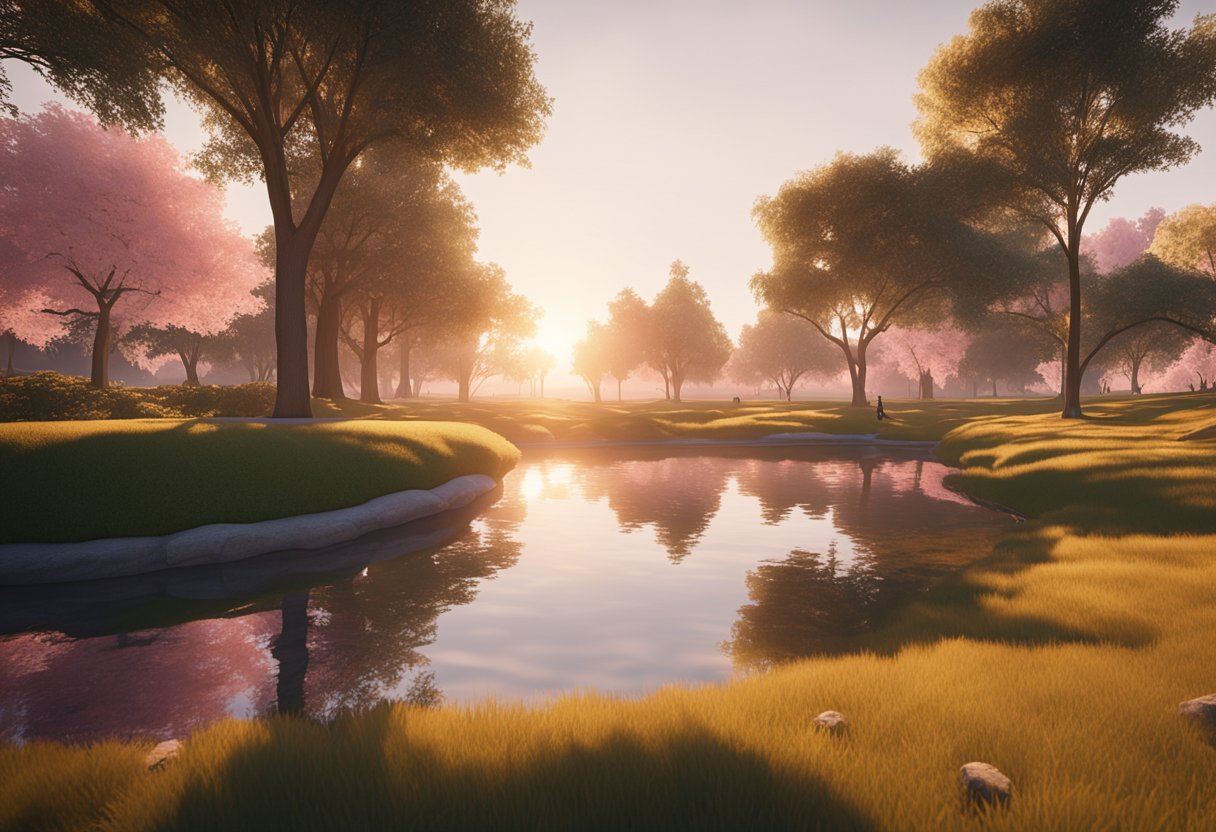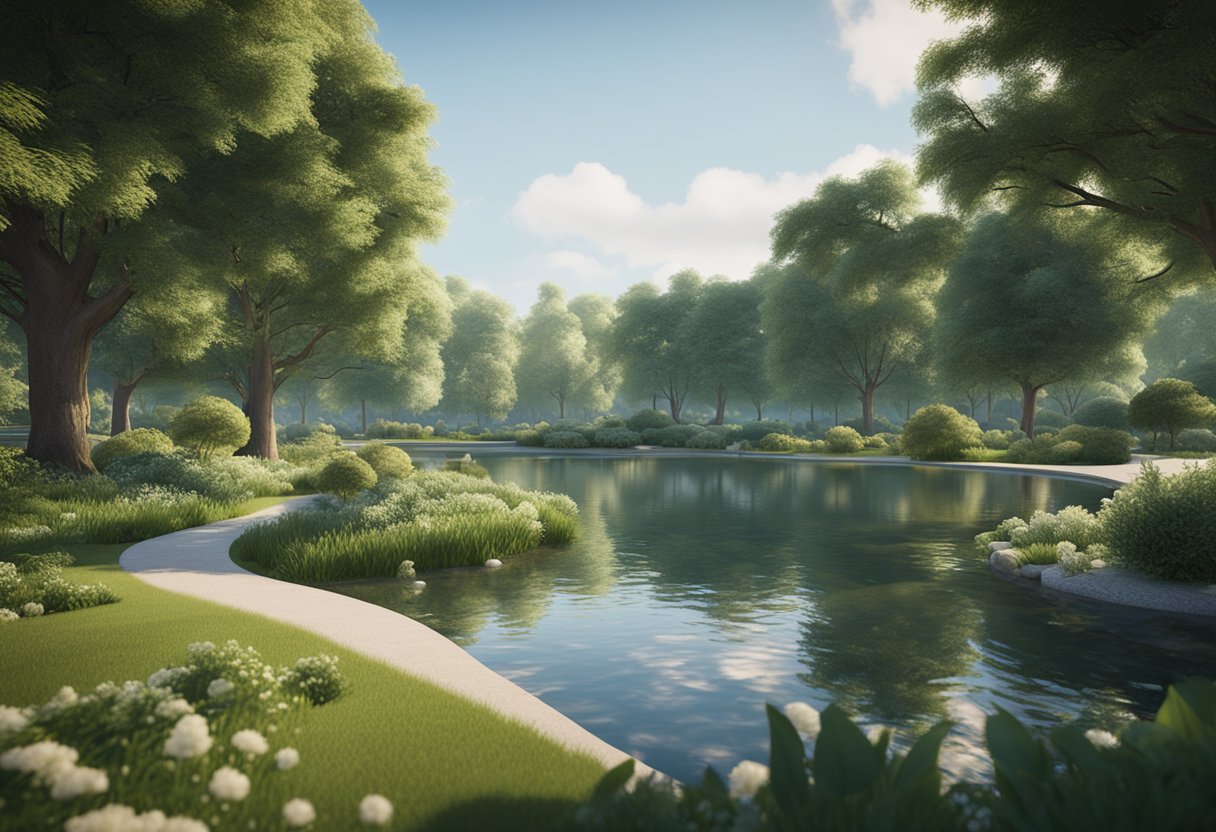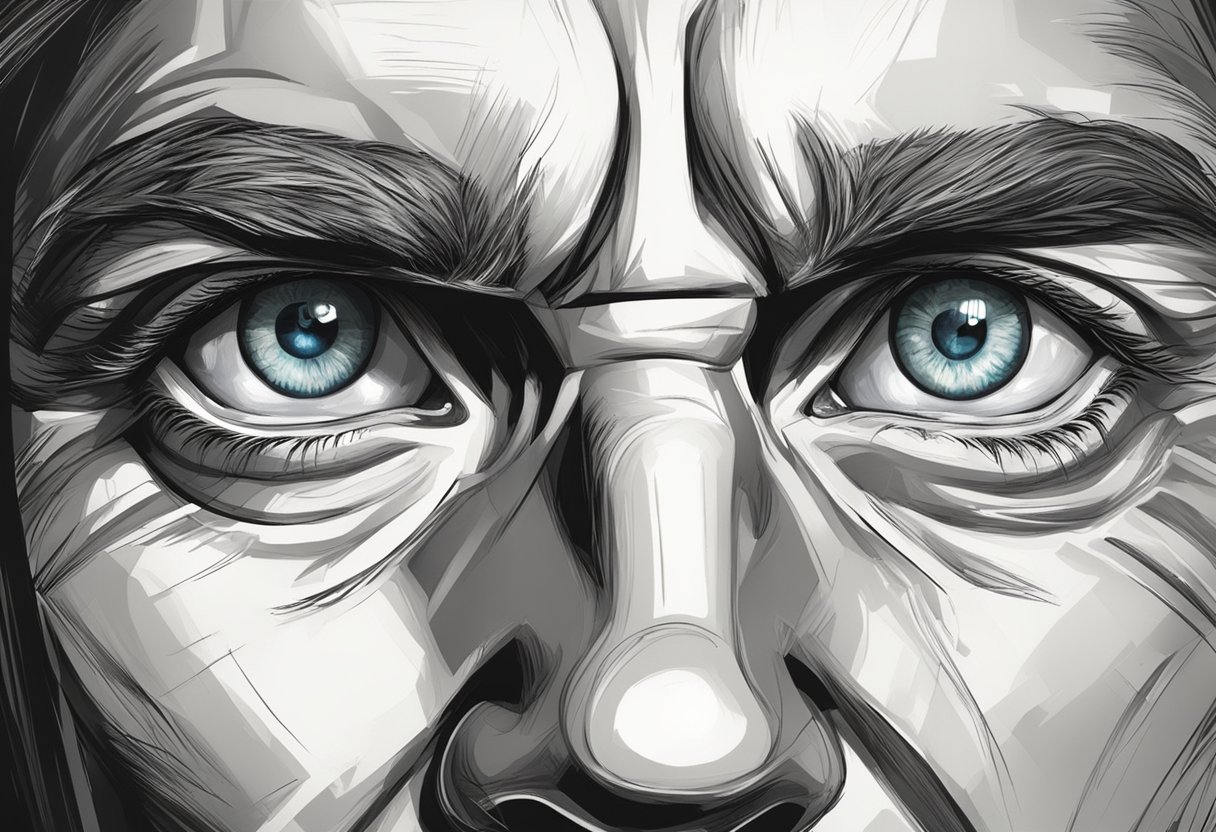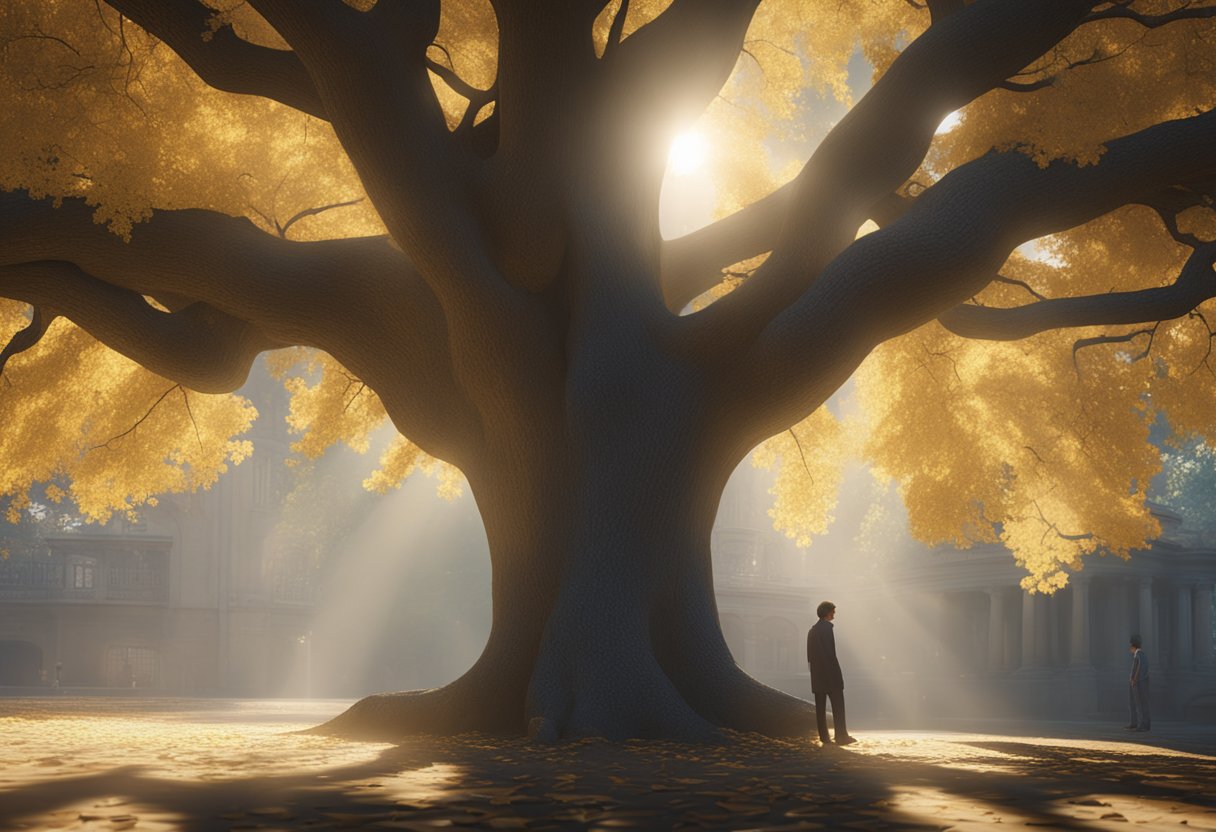
Choosing the right backdrop or location for outdoor portrait sessions can make a significant difference in the quality of the final product. It is essential to choose a location that fits the style and personality of the subject while also considering the lighting and overall atmosphere. With so many options available, it can be challenging to determine which location is the best fit.
One important factor to consider when selecting a location is the time of day. The time of day can significantly impact the lighting and overall mood of the photos. For example, early morning and late afternoon tend to provide a softer, more flattering light, while midday can result in harsh shadows and highlights. Additionally, the time of day can also affect the background and scenery, as certain locations may look different depending on the lighting.
Another crucial consideration is the subject’s personality and style. Choosing a location that complements the subject’s personality and style can enhance the overall aesthetic of the photos. For example, a nature lover may feel most comfortable and natural in a park or forest setting, while a city dweller may prefer an urban location. Overall, it is essential to choose a location that makes the subject feel comfortable and confident, as this will translate into the final product.
Understanding Light and Time of Day

When it comes to outdoor portrait photography, understanding light and time of day is crucial for choosing the right backdrop or location. Different times of day and lighting conditions can drastically affect the mood and tone of your photos.
Golden Hour
This is often considered the best time of day for outdoor portrait sessions because the light is flattering and creates a beautiful golden glow. During this time, shadows are longer and more defined, which can add depth and dimension to your photos.
Blue Hour
This is a great time for more moody and dramatic portraits, as the blue light can create a cool and ethereal atmosphere. However, it’s important to note that the light during blue hour is much dimmer than during golden hour, so you may need to use artificial lighting or a higher ISO to properly expose your photos.
Overcast Conditions
While sunny days may seem ideal for outdoor portraits, overcast conditions can actually provide a soft and diffused light that is great for portraits. Clouds act as a natural diffuser, creating even lighting and reducing harsh shadows. This can be especially useful for shooting in midday when the sun is high in the sky and the light is typically very harsh.
Overall, understanding light and time of day is essential for choosing the right backdrop or location for outdoor portrait sessions. By considering the different lighting conditions and their effects on your photos, you can create stunning and impactful portraits that truly capture the essence of your subject.
Evaluating the Location

When it comes to outdoor portrait sessions, choosing the right location is crucial. The location should complement the subject and enhance the overall look of the portrait. Here are some factors to consider when evaluating a location:
Scouting the Area
Before the shoot, it is essential to scout the location to ensure it meets the requirements. The photographer should visit the location at the same time of day as the shoot to assess the lighting conditions. They should also take note of any potential hazards, such as uneven terrain or dangerous wildlife.
Background Elements
The background elements of the location can make or break the portrait. The photographer should look for a background that is not too busy and does not detract from the subject. A simple, clean background is often the best choice. However, if the location has a unique feature, such as a rustic barn or a colorful wall, it can add interest to the portrait.
Accessibility and Permits
The location should be easily accessible for the subject and the photographer. If the location requires a long hike or difficult terrain, it may not be suitable for the shoot. Additionally, the photographer should ensure they have the necessary permits to shoot at the location. Some public areas may require a permit, and failure to obtain one could result in fines or legal issues.
Overall, evaluating the location is an essential step in choosing the right backdrop for outdoor portrait sessions. By considering factors such as the background elements, accessibility, and permits, the photographer can ensure a successful and enjoyable shoot.
Considering the Subject
When choosing a backdrop or location for an outdoor portrait session, it’s important to consider the subject of the photograph. The backdrop should complement the subject and enhance the overall look of the portrait. Here are some factors to consider when choosing a backdrop based on the subject.
Subject-Background Contrast
To create a visually appealing portrait, it’s important to consider the contrast between the subject and the background. If the subject is wearing dark clothing, a lighter background may be more suitable, while a subject wearing light clothing may work better with a darker background. This contrast will help the subject stand out from the background and create a more dynamic image.
Color Coordination
Color coordination is another important factor to consider when choosing a backdrop for an outdoor portrait session. The colors of the backdrop should complement the colors of the subject’s clothing and skin tone. For example, a subject wearing warm-toned clothing may look best against a backdrop with warm colors such as orange or yellow. Similarly, a subject wearing cool-toned clothing may look best against a backdrop with cool colors such as blue or green.
Personal Style and Theme
The subject’s personal style and the theme of the portrait should also be taken into consideration when choosing a backdrop. For example, a subject with a bohemian style may look best against a natural backdrop such as a forest or beach, while a subject with a more formal style may look best against a backdrop with clean lines and minimal distractions. Similarly, the theme of the portrait, such as a romantic or whimsical theme, should be reflected in the choice of backdrop.
Overall, choosing the right backdrop or location for an outdoor portrait session can greatly enhance the final result. It’s important to consider the subject, contrast, color coordination, personal style, and theme when making this decision.
Utilizing Natural Elements
When it comes to outdoor portrait sessions, utilizing natural elements can add depth and interest to your photos. By incorporating the weather, landscapes, and water into your backdrop, you can create stunning portraits that capture the beauty of nature.
Incorporating Weather
The weather can be a powerful tool for creating unique outdoor portraits. Overcast days can provide soft, diffused lighting that is perfect for portraits. Rainy days can add a moody and dramatic atmosphere to your photos. And sunny days can provide bright and vibrant colors. It’s important to keep in mind that weather can be unpredictable, so it’s always a good idea to have a backup plan in case of inclement weather.
Working with Landscapes
The landscape can also play a significant role in the backdrop of your outdoor portraits. Whether it’s a forest, a beach, or a mountain range, the natural elements can add depth and texture to your photos. When choosing a location, consider the colors, textures, and shapes of the landscape. A location with a variety of natural elements can provide a dynamic backdrop for your portraits.
Using Water as a Backdrop
Water can also be a beautiful and unique backdrop for outdoor portraits. Whether it’s a lake, a river, or the ocean, water can add a sense of calm and serenity to your photos. When using water as a backdrop, it’s important to consider the time of day and the angle of the sun. The reflection of the water can create a bright and harsh light, so it’s best to shoot during the early morning or late afternoon when the light is softer.
Incorporating natural elements into your outdoor portrait sessions can add depth and interest to your photos. By utilizing the weather, landscapes, and water, you can create stunning portraits that capture the beauty of nature.




